When embarking on a multifamily development project, selecting the right multifamily architect is crucial for its success. A multifamily architect specializes in designing residential buildings that accommodate multiple families while ensuring functionality, aesthetics, and compliance with zoning laws. Here are key considerations to keep in mind when choosing a multifamily architect:
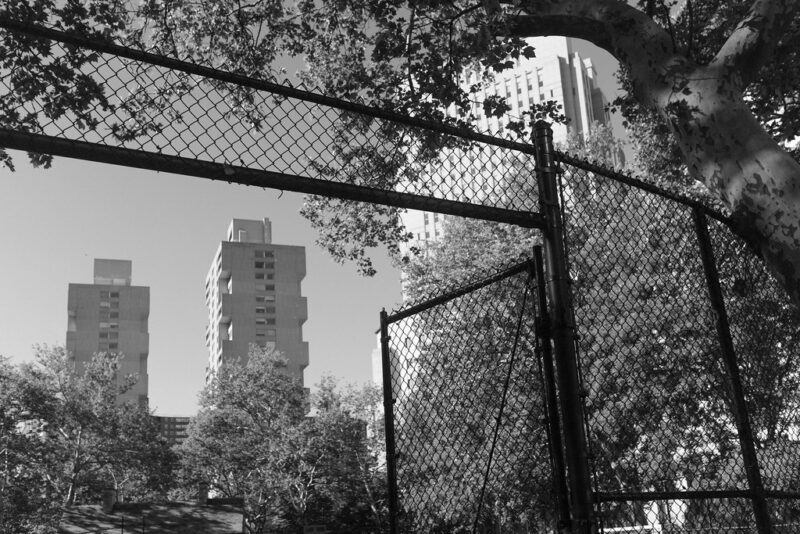
One of the primary factors to consider is the architect's experience and expertise in multifamily projects. Having a proven track record means they are familiar with the unique challenges that come with designing multifamily residences, such as maximizing space and ensuring privacy for residents. This experience often translates into a smoother project flow and successful results. Consider exploring Vladimir Radutny Architects for their work on modern and sustainable buildings.
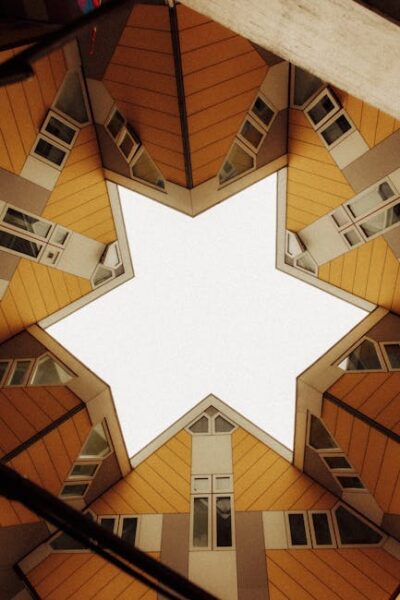
Before making a selection, it's important to examine the architect’s previous work. A strong portfolio showcasing diverse projects can provide insights into their design style and ability to meet various client needs. Pay particular attention to projects similar in scale and scope to your own development, as this can indicate how well the architect might meet your project's requirements.
Choosing an architect who has experience in your specific area can be a major advantage. They should be familiar with local zoning laws, building codes, and regulations. This local knowledge helps streamline the design process and can prevent costly changes during the construction phase. Reference the Minnesota Housing's building standards for guidance on regulations.
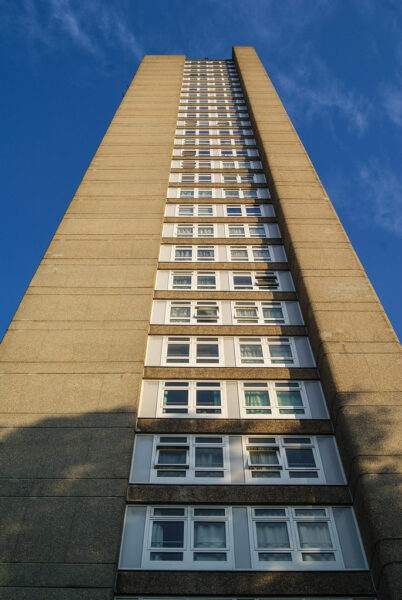
Effective collaboration between the architect, developers, and other project stakeholders is essential for a successful outcome. Ensure the architect values communication and is responsive to feedback and ideas throughout the project. Good communication leads to better alignment on project goals and smoother execution.
For those focused on environmental impact, it’s beneficial to select an architect who integrates sustainable design practices into their work. This can include incorporating energy-efficient systems, using sustainable materials, and creating designs that minimize ecological footprints. These elements not only benefit the environment but can also provide long-term cost savings. To understand green building responsibilities, refer to the HUD's MAP Guide.

Discussing budget constraints early in the process is crucial. A proficient multifamily architect should be able to work within set budgets while still meeting your vision and goals. They can offer cost-effective solutions that do not compromise on quality or design.
A successful multifamily design takes into account the lifestyle and needs of the intended occupants. Architects with a keen understanding of community dynamics can create spaces that boost resident satisfaction and encourage a sense of community. This focus can differentiate successful multifamily projects from the rest. Learn more about creating connected neighborhoods by reviewing the multifamily site design guide.
In today's digital age, advanced design technologies play a significant role in architectural projects. Inquire about the architect’s use of modern tools such as Building Information Modeling (BIM) or 3D visualization software. These technologies can enhance planning accuracy and allow stakeholders to better visualize the project during the design phase. For innovative approaches, explore the Terner Center's report on modular manufacturing.
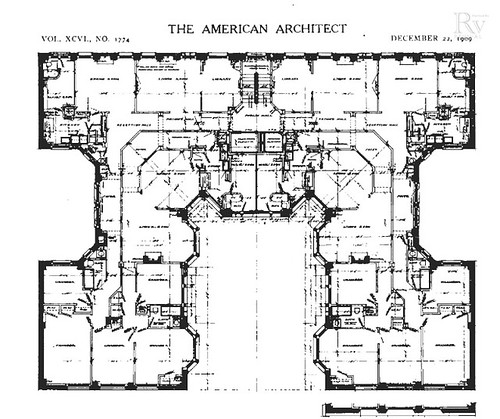
Before finalizing your selection, ask for references from past clients. Hearing about their experiences can provide valuable insights into the architect's reliability and capabilities. Positive feedback from completed multifamily projects can give you confidence in their expertise.
Having a conversation about the architect’s design philosophy and approach to multifamily housing is vital. Ensure their vision aligns with yours, whether it is prioritizing modern aesthetics, functionality, or community-oriented designs. An aligned philosophy can facilitate a more harmonious project development process.
| Factor | Importance |
|---|---|
| Experience and Expertise | Crucial for understanding multifamily design challenges |
| Portfolio | Indicative of design style and ability to meet client needs |
| Local Regulations | Streamlines design process and compliance |
| Communication | Ensures alignment and smooth project execution |
| Sustainability | Reduces ecological footprints and long-term costs |
| Budget Management | Delivers cost-effective solutions without compromising |
| Resident Needs | Enhances resident satisfaction and community |
| Technology | Improves planning and visualization accuracy |
| Client References | Provides insights into capability and reliability |
| Design Philosophy | Ensures alignment of design vision and goals |
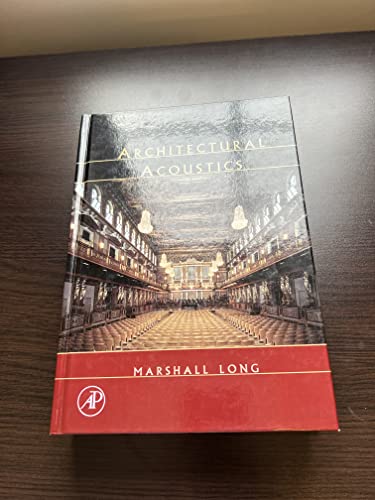
When selecting a multifamily architect, one must consider the crucial role of acoustics in residential design. "Architectural Acoustics" by Marshall Long emerges as an invaluable resource, expertly guiding through the intricacies of sound in building environments. The book's cover, showing an ornate hall with excellent acoustic design, hints at the depth of knowledge contained within. This resource is particularly pertinent for architects aiming to create comfortable living spaces that mitigate noise pollution—an ever-present challenge in multifamily dwellings. By delving into this comprehensive guide, professionals can harness strategies to enhance speech intelligibility, privacy, and overall auditory comfort, directly translating to improved quality of life for residents. With its key focus on practical applications, architects are equipped to make informed decisions that will reverberate positively through their projects.
Discover more about this essential guide for architects by exploring "Architectural Acoustics" on Amazon: Architectural Acoustics Applications.
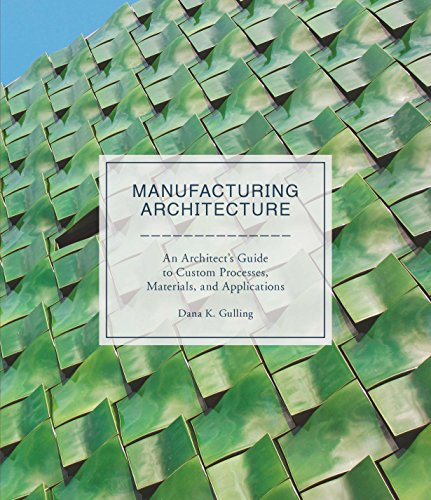
When choosing a multifamily architect, it is crucial to consider their expertise in innovative construction methods and materials. "Manufacturing Architecture" is an essential resource that provides architects with an in-depth look at the modern manufacturing processes, materials, and applications shaping today's buildings. This comprehensive guide encourages architects to think creatively and practically about the design and production of multifamily structures. The text is richly supplemented by images that detail architectural examples and inspire implementation. Analyzing these images, we see contemporary facades and innovative design elements, underscoring the book's relevance to architects committed to crafting not only aesthetically pleasing but also functionally advanced and sustainable multifamily housing. The careful examination of the images embedded within reveals how the interplay of light, material, and form can be mastered through state-of-the-art manufacturing techniques. Learn more about how this publication can enhance architectural practice by exploring Manufacturing Architecture.
As you venture into the exciting journey of your multifamily development project, remember that choosing the right architect can make all the difference. We hope this guide helps you make an informed decision, but the conversation doesn't have to end here! We'd love to continue sharing tips, inspiration, and the latest in architectural design with you. Feel free to follow us on Pinterest for a treasure trove of design ideas, or catch behind-the-scenes peeks and stunning visuals on Instagram. You can also join our vibrant community on X (formerly Twitter) and connect with like-minded architecture enthusiasts on Facebook. We can't wait to see you there and hear about your projects and thoughts!
